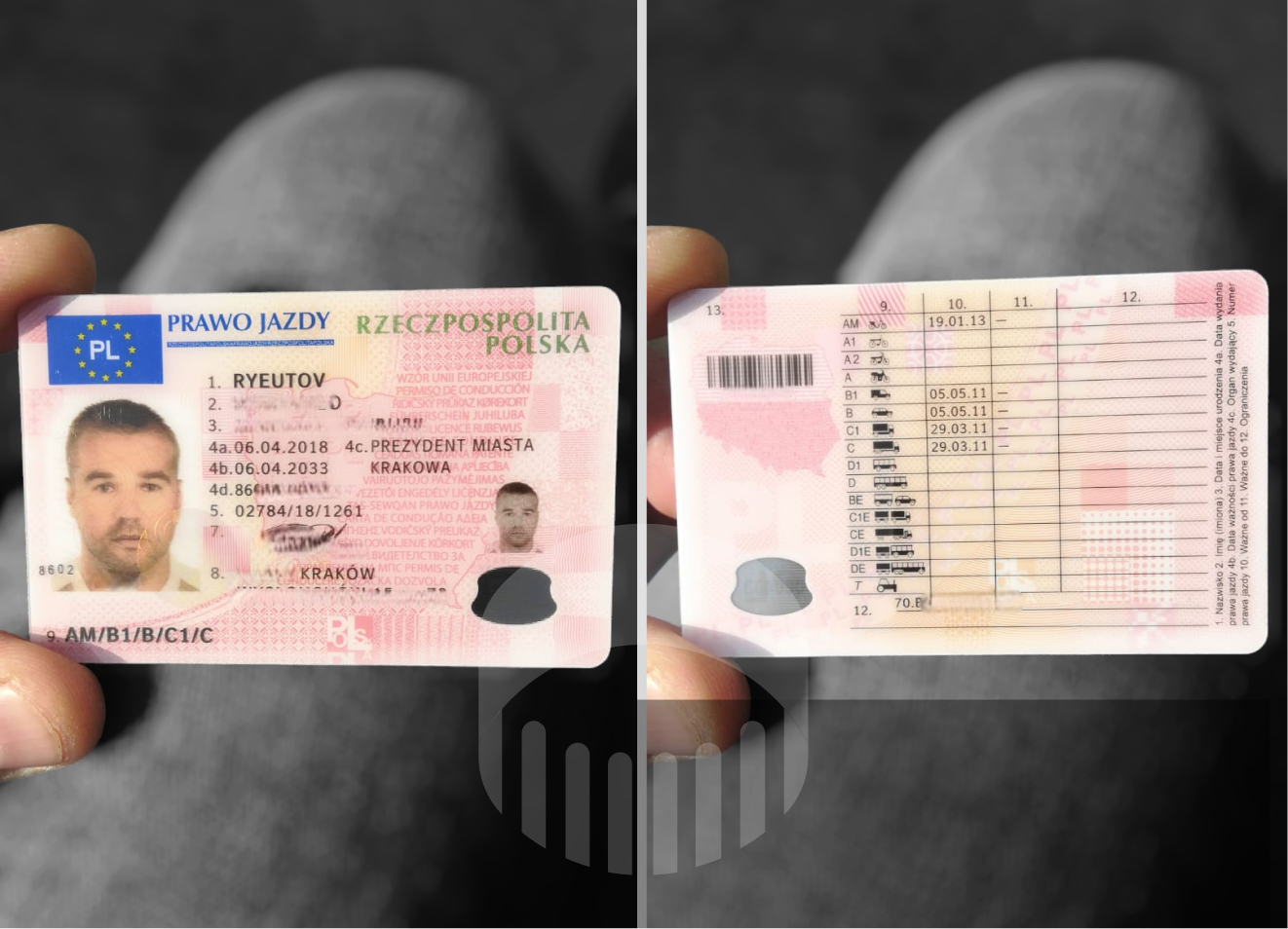Why No One Cares About Driving License Store

The Evolution of Driving License Storage: A Comprehensive Guide
In the ever-evolving landscape of innovation and administration, the method we handle and keep our driving licenses has gone through significant modifications. From conventional paper cards to digital formats, the journey of driving license storage shows wider patterns in identity management and security. This short article looks into the history, existing practices, and future prospects of driving license storage, supplying a comprehensive summary for both people and policymakers.
A Brief History of Driving Licenses
The concept of a driving license dates back to the early 20th century when vehicles started to acquire appeal. Initially, driving licenses were easy notepads or metal plates provided by local authorities. These early licenses were often handwritten and lacked the security features we take for given today.
As the variety of automobiles on the roadway increased, so did the need for more standardized and safe licensing systems. By the mid-20th century, lots of nations had actually embraced plastic cards with printed info and basic security functions such as holograms and watermarks. prawo jazdy online Karta Xpress Poland were more resilient and more difficult to forge, however they still had restrictions.
Existing Practices in Driving License Storage
Today, driving licenses are generally saved in a mix of physical and digital formats. Here's a closer look at the present practices:
Physical Licenses
- Plastic Cards: Most countries provide driving licenses in the type of plastic cards. These cards are durable and include a variety of security functions to prevent counterfeiting.
- Holograms and Microprinting: Modern licenses frequently include holograms and microprinting, which are difficult to duplicate without specific devices.
- Barcodes and QR Codes: Many licenses now include barcodes or QR codes that can be scanned to confirm the credibility of the document and access additional information.
Digital Licenses
- Mobile Apps: Some nations have presented digital driving licenses that can be kept on mobile phones. These apps supply a secure and hassle-free way to carry and present a driving license.
- Blockchain Technology: Blockchain is being checked out as a means to create tamper-proof digital driving licenses. This innovation makes sure that the information is immutable and can be verified without the need for a main authority.
- Cloud Storage: Some jurisdictions are explore cloud-based systems where driving license info is kept and accessed through safe and secure online websites.
Advantages and Challenges of Modern Driving License Storage
The shift to modern driving license storage methods brings a number of benefits and challenges:
Benefits:
- Convenience: Digital licenses can be easily accessed and provided utilizing a smartphone, removing the need to bring a physical card.
- Security: Advanced security functions and digital verification approaches make it harder to forge or modify driving licenses.
- Efficiency: Digital systems can simplify the process of providing and restoring licenses, reducing administrative concerns and wait times.
Challenges:
- Digital Divide: Not everyone has access to a smart device or the internet, which can develop variations in who can gain from digital licenses.
- Privacy Concerns: Storing individual details in digital formats raises issues about data privacy and security.
- Technical Issues: Digital systems can be vulnerable to technical failures, such as server blackouts or app crashes, which can render a digital license temporarily unusable.
Future Prospects
The future of driving license storage is most likely to be shaped by ongoing technological developments and changing social needs. Here are some possible developments:
- Biometric Integration: Biometric information, such as fingerprints or facial recognition, could be integrated into driving licenses to boost security and personal identification.
- Smart Contracts: Blockchain-based clever agreements could automate the process of license renewal and recognition, making it more effective and transparent.
- International Standardization: As more nations adopt digital driving licenses, there may be a push for worldwide standards to make sure interoperability and mutual recognition.
Frequently asked questions
Q: What are the primary security functions of modern driving licenses?
- A: Modern driving licenses frequently include holograms, microprinting, barcodes, and QR codes. These features make it difficult to forge or modify the license.
Q: Can I utilize a digital driving license instead of a physical one?
- A: It depends upon the jurisdiction. Some countries permit digital licenses to be used in place of physical ones, while others need both. Constantly check local regulations.
Q: What should I do if I lose my driving license?
- A: If you lose your driving license, you should report it to the pertinent authority instantly. They will direct you through the process of acquiring a replacement.
Q: Are digital driving licenses protect?
- A: Digital driving licenses are generally protected, however they are not unsusceptible to technical concerns or hacking. A lot of jurisdictions utilize encryption and other security procedures to secure the data.
Q: How can I protect my privacy with a digital driving license?
- A: To safeguard your privacy, utilize strong passwords, enable two-factor authentication, and be careful about sharing your digital license information. Additionally, remain informed about the data personal privacy policies of the app or service you use.
The development of driving license storage is a testimony to the continuous advancements in innovation and administration. While physical licenses remain a typical kind of identification, the increase of digital licenses uses new levels of convenience and security. As technology continues to advance, the future of driving license storage is likely to become even more integrated and effective, benefiting both individuals and society as a whole.

